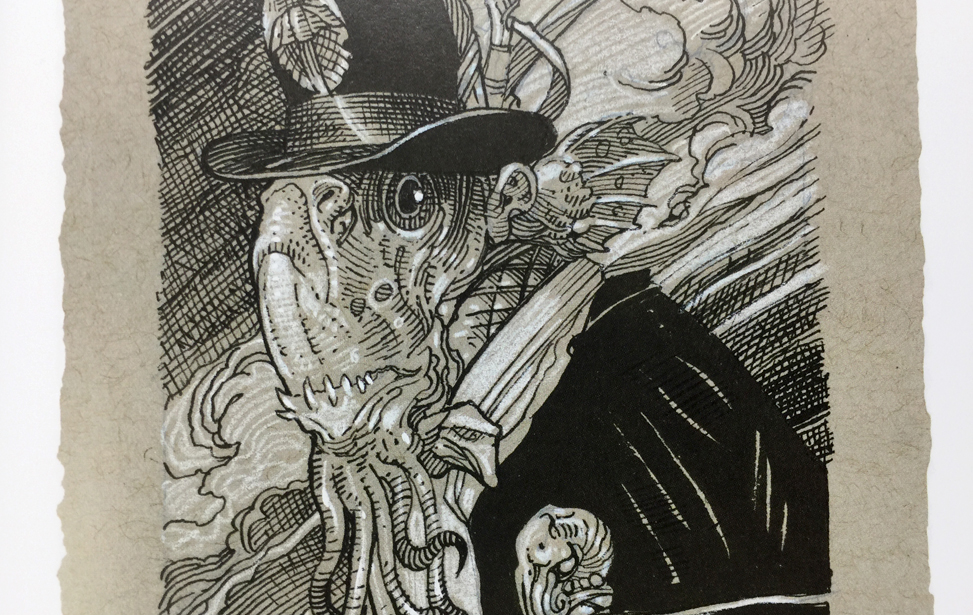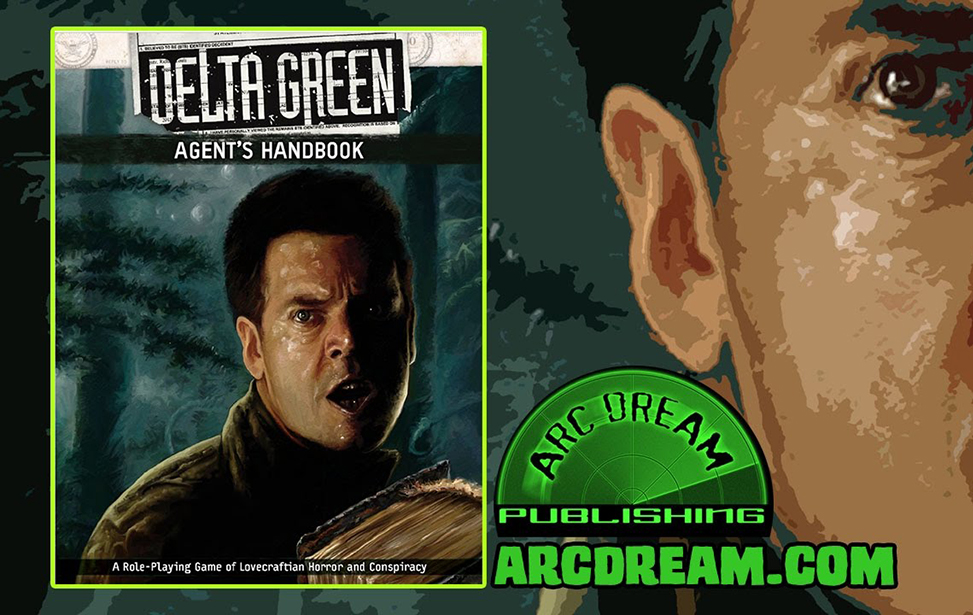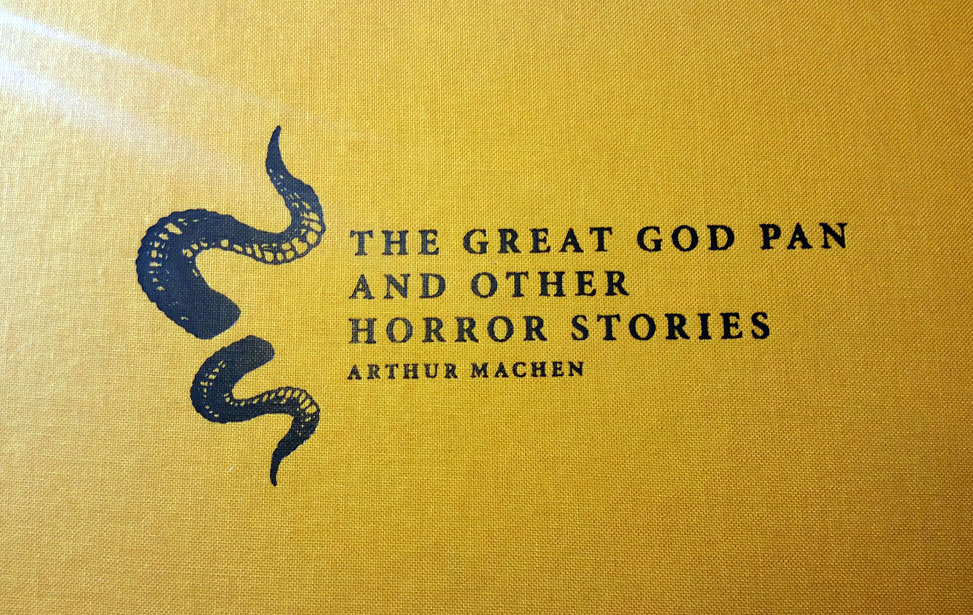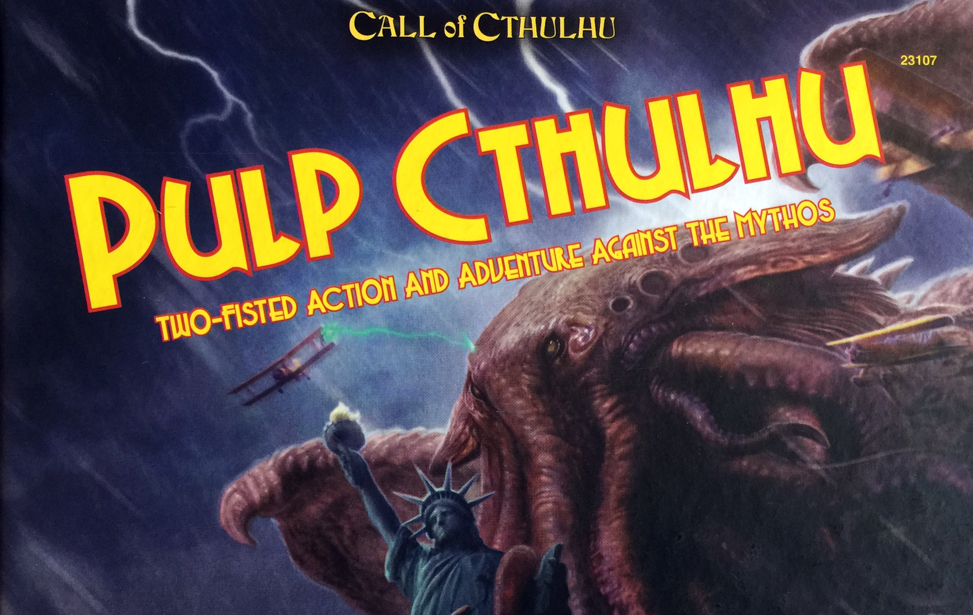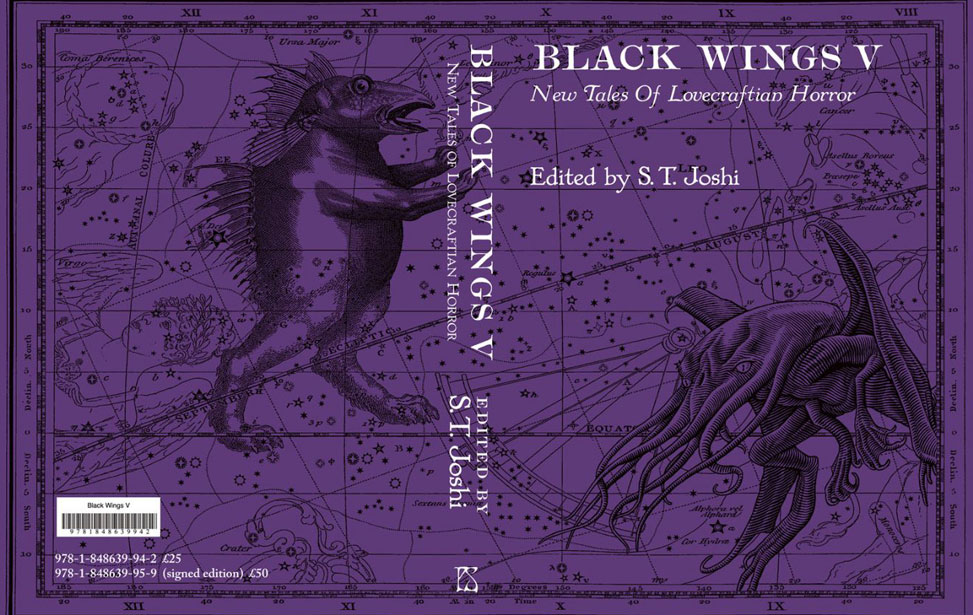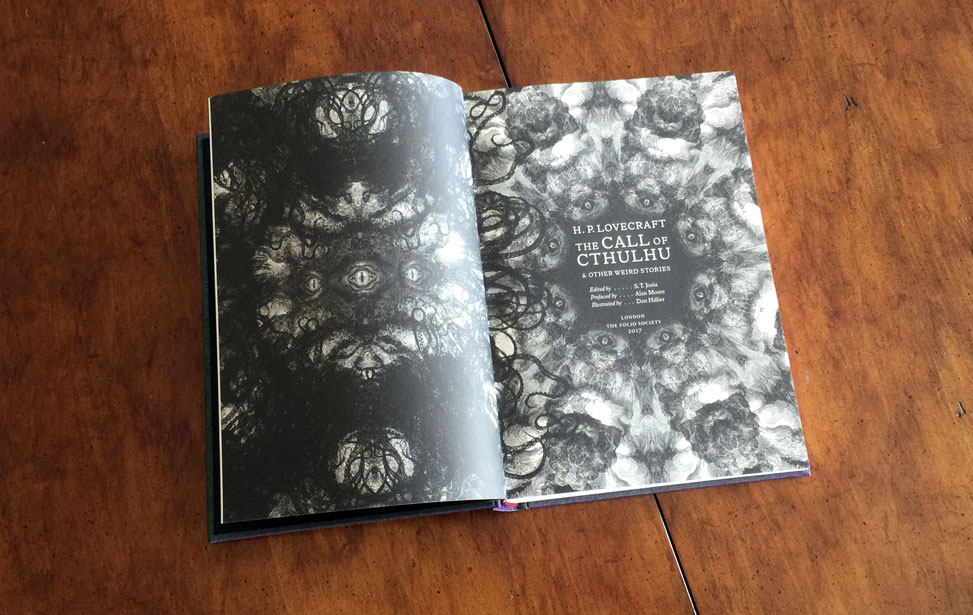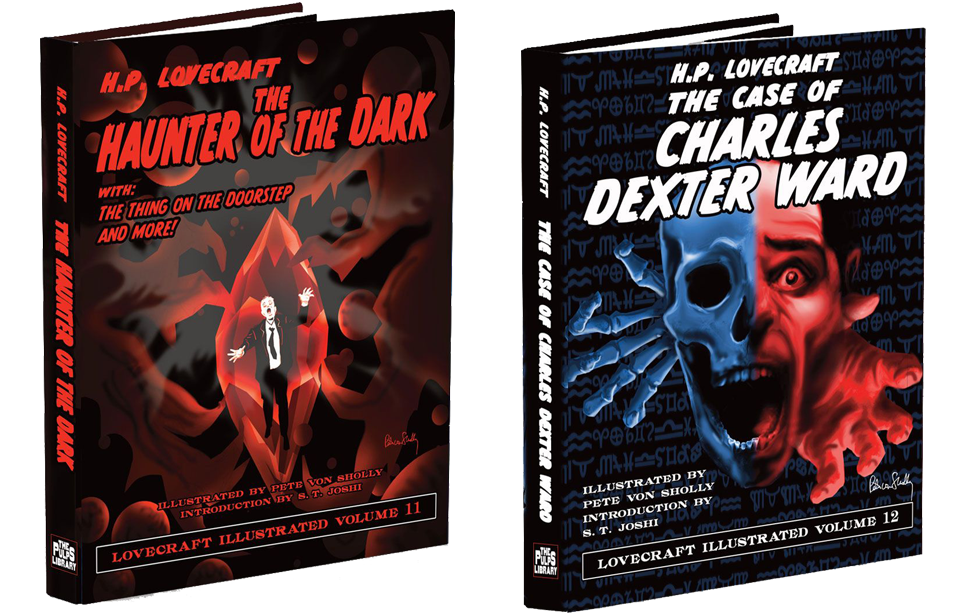Innsmouth: The Lost Drawings of Mannish Sycovia
This collection of drawings is undoubtedly gorgeous and full of fascinating detail. The Innsmouth that it depicts seems substantially larger and more whimsical than the one described in Lovecraft's works, and it's hard to tell if that's a bug or a feature.
- Overall: B B B B B
- Quality: Q Q Q Q Q
- Value: V V V V V
- Mark A. Nelson with Stephen D. Smith
- Published by Alaxis Press
- Price: US $23.34
Review by Andrew Leman
November 16, 2017
Kickstarter projects not infrequently end in bitter disappointment, but Innsmouth: The Lost Drawings of Mannish Sycovia represents a best-case scenario. It reached over 200% of its funding goal, and the final product is beautifully realized.
The interesting premise behind the book is that the extremely talented and accomplished artist Mark A. Nelson stumbled upon a portfolio full of original drawings made between 1914 and 1925 by a hitherto-unknown Russian illustrator, Sycovia, who had been commissioned by Barnabas Marsh to draw portraits of the people of Innsmouth. (That information mostly comes from the back of the dust jacket, and is only barely mentioned in the book itself.) In the introduction, the original drawings are described as damaged and fragile, and it's claimed that Mark Nelson "repaired" them. It would have helped to flesh out the book's premise to know more about what that means, or to see a sample of one of the "unrepaired" drawings, but no such sample or explanation is provided.
The "repaired" drawings are quite beautiful, done in ink and white chalk on various aged brown backgrounds. They are rich with detail and variety, being mostly portraits of Innsmouth residents of all types and stations, interspersed with some sketches of creatures, architectural details, toys, and bizarre jewelry/weapons/instruments. Also included are captions and diary entries by Sycovia himself. The drawings are organized into three sections: "Town Folk", "Pets and People" and "The Esoteric Order of Dagon". At the back of the book are portraits of some high-level Kickstarter backers done in Sycovia's style, along with a portrait of a young and happy-looking Lovecraft himself. The endpapers of the book feature panoramic drawings of festivals held in the town.
The portraits of the Town Folk are all quite whimsical, and have a distinctly steampunk vibe. The aquatic anatomy of the characters is exaggerated, with a generous mix of frog-like, fish-like, and squid-like features, extra eyes, numerous tentacles, frills, spines and teeth, and elaborate clothing and accessories. Everyone is monstrous in his or her own unique way, only a few could ever pass for human, and one or two look like they might have stepped out of a painting by Hieronymus Bosch. Fascinating though the townsfolk are, notably absent are pictures of the Innsmouth residents actually named by Lovecraft in "The Shadow Over Innsmouth". There's no Zadok Allen, no Joe Sargent, no member of the Marsh family. (There is a very nice portrait of Anna Tilton accompanying the foreword.)
Lovecraft remarks in his story that Innsmouth is completely free of cats and dogs, but there are apparently a lot of other pets in the town and Mannish Sycovia enjoyed drawing them. Perhaps some of them are shoggoths vainly trying to imitate normal animals, and others are impossibly bred chimeras: birds with tentacles, fish with wings, plants with eyes. Some of these creatures are quite charming in their ugliness. The drawings on the book's endpapers feature more fantastical creatures and welcome views of the town, albeit with a lot more cliffs in it than I would have expected. The book does not feature any drawings of the town's landmarks as described by Lovecraft — no Gilman House, no Esoteric Order of Dagon Hall, no view of Devil Reef — and those would have been nice to see.
The third section might have been called "The Semi-Erotic Order of Dagon", because it features a number of drawings of voluptuous, scantily-clad and apparently normal human women consorting with, or being menaced by, hideous monsters. It opens with the sexy mermaid depicted on the cover of the book, and in general the drawings in this section are less whimsical and more disturbing than the portraits of townsfolk and pets, but disappointingly more stereotypical.
This book is lovely and I very much enjoyed it, but it did leave me with a certain amount of confusion. Because it is written/drawn "in character", it is very hard to tell if its quirks are meant to be taken for those of Mannish Sycovia, or of Mark A. Nelson. The diary entries feature a number of what might be typos, or might be character choices. Maybe Mannish Sycovia doesn't know how to spell "demands", for example, or maybe "demainds" slipped past the proofreader. Maybe Mannish Sycovia repeats himself, or maybe the text has cut-and-paste errors. It's impossible to say. The book never completely commits to its own premise, and some of the drawings and captions have anachronisms that undermine the conceit that it is a found document from the early 20th century. Like a human/deep one hybrid, it is not entirely one thing or the other, but an uneasy mixture of the two. If it were as convincing as it is beautiful, it would have earned the highest possible marks.





